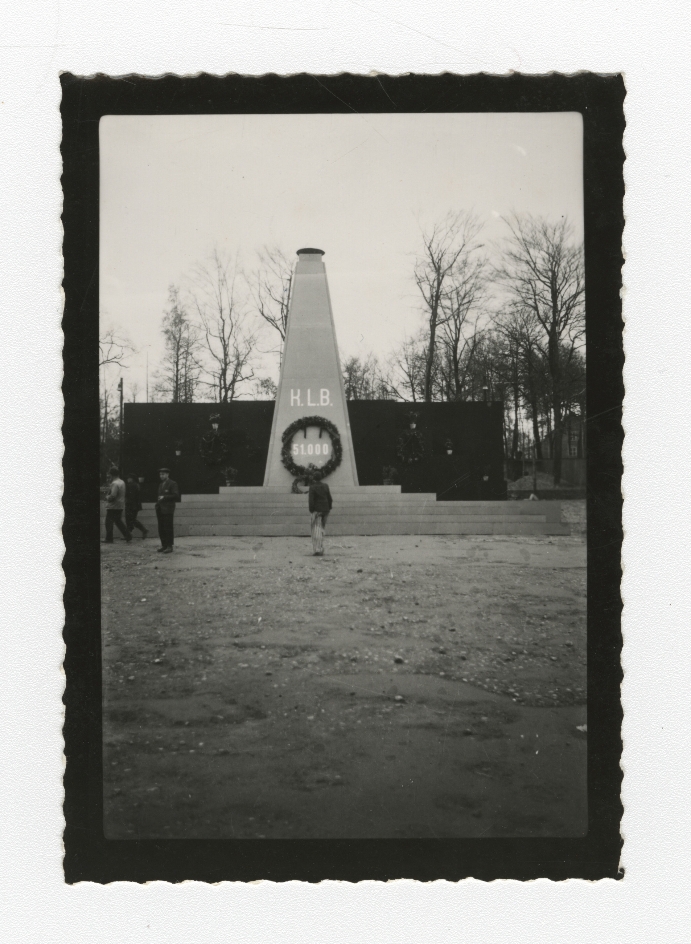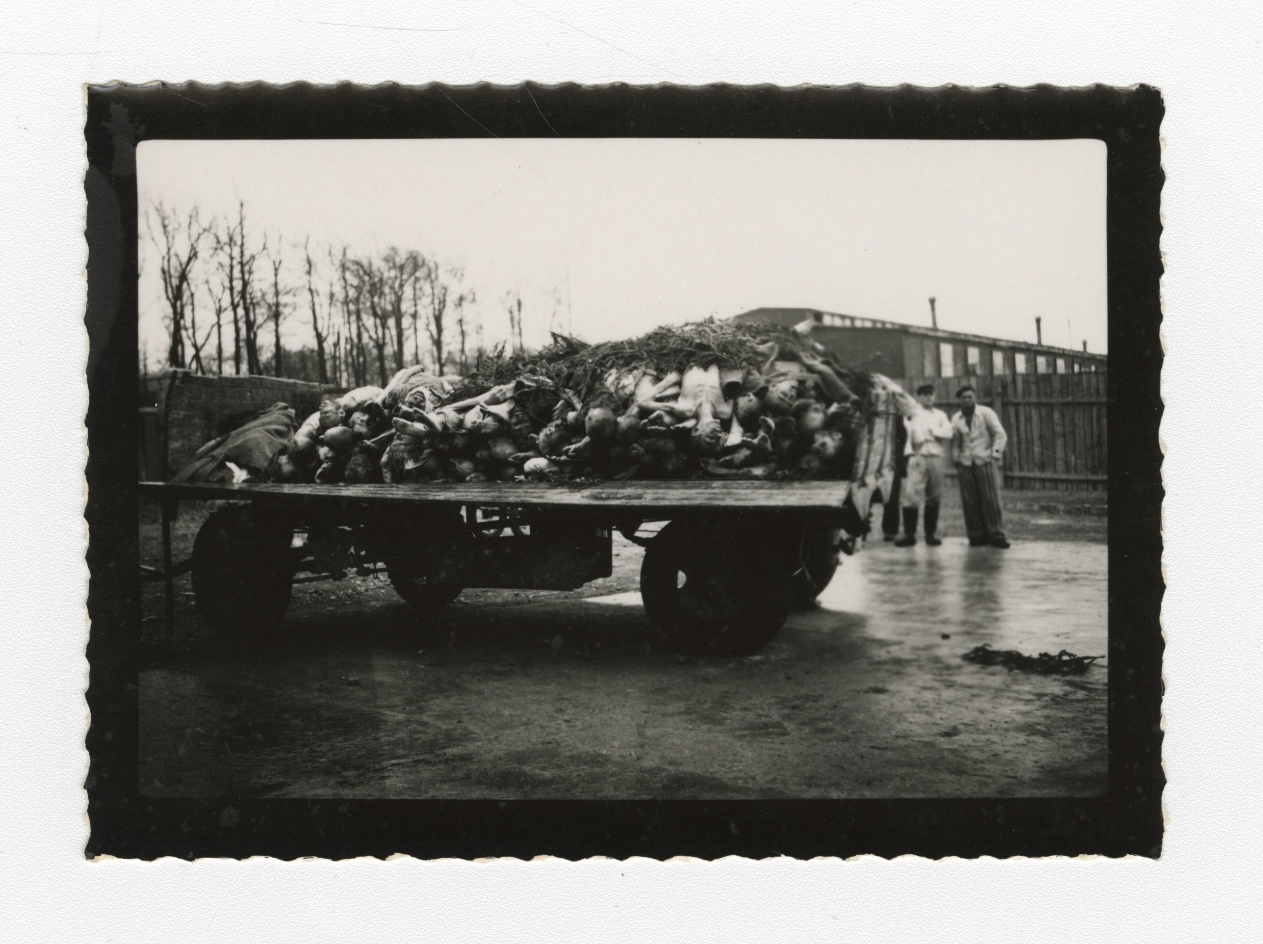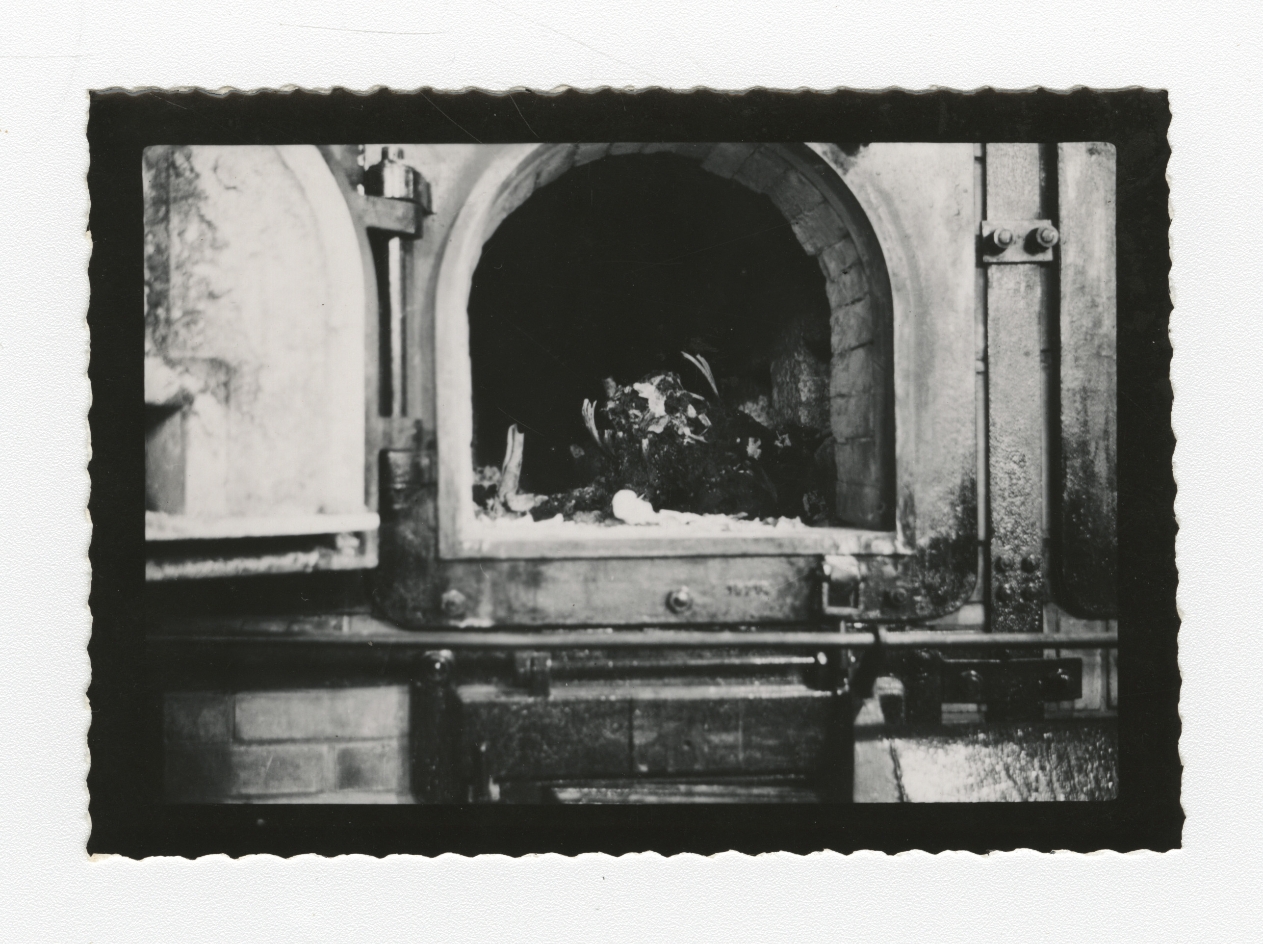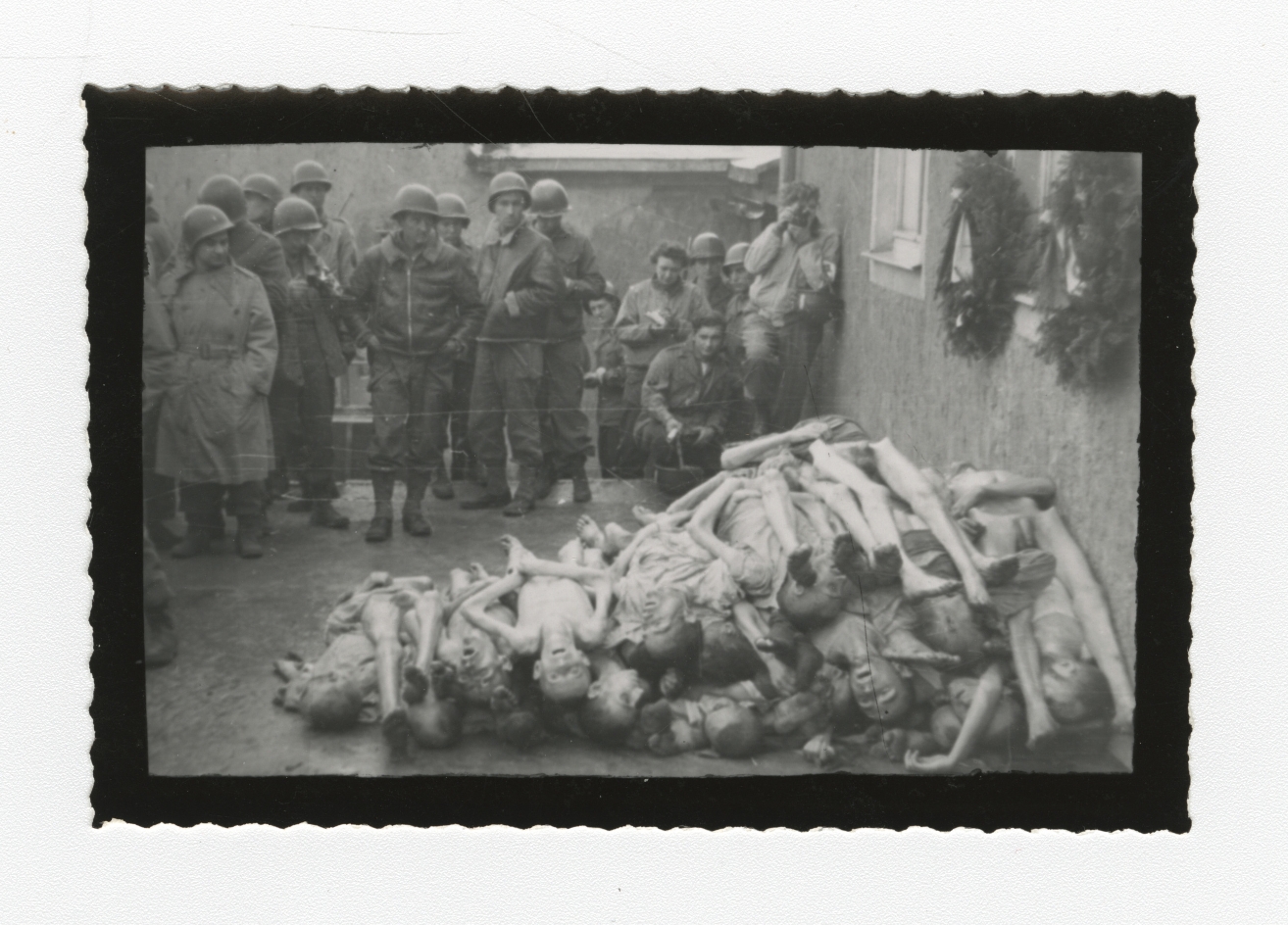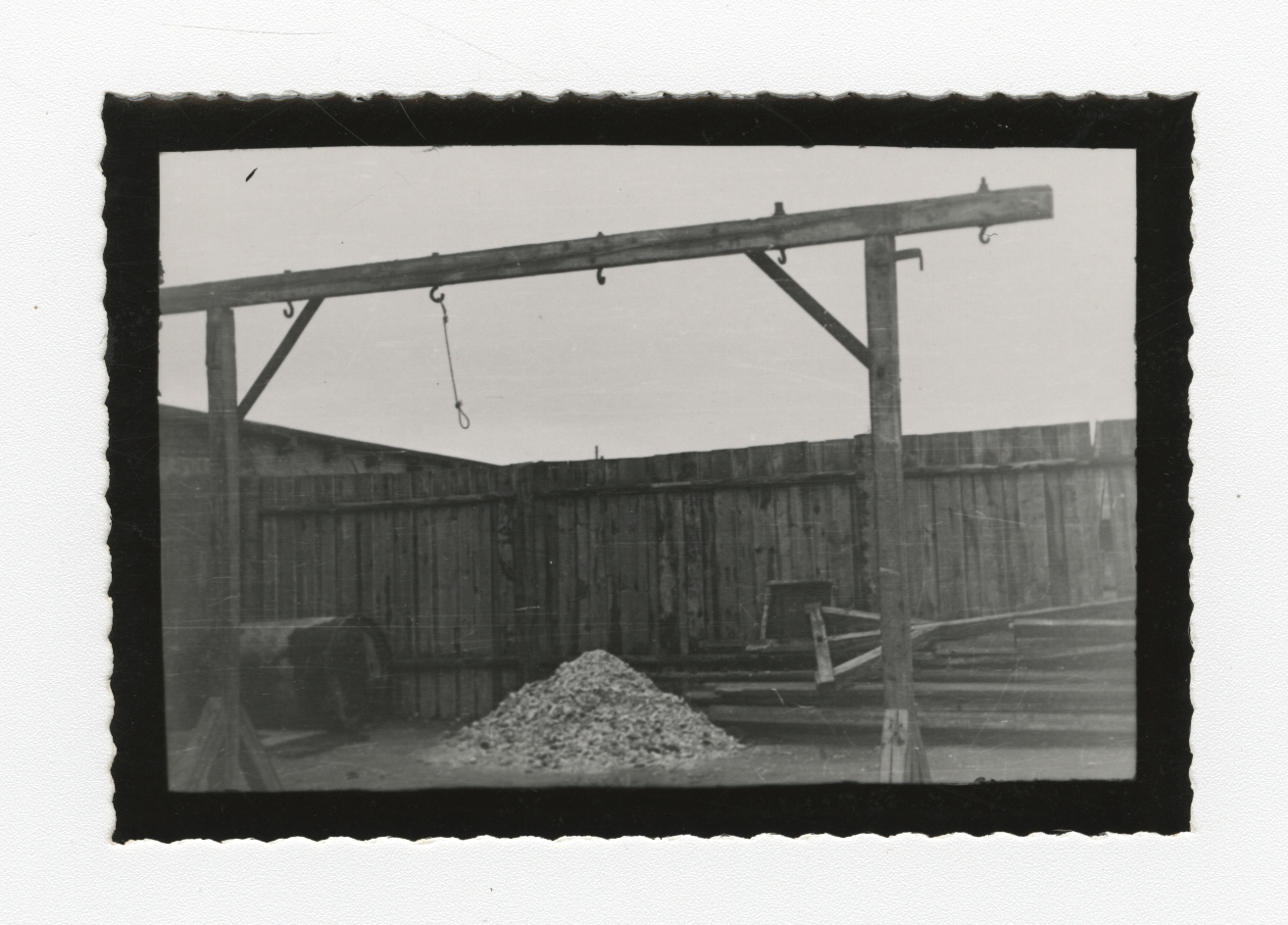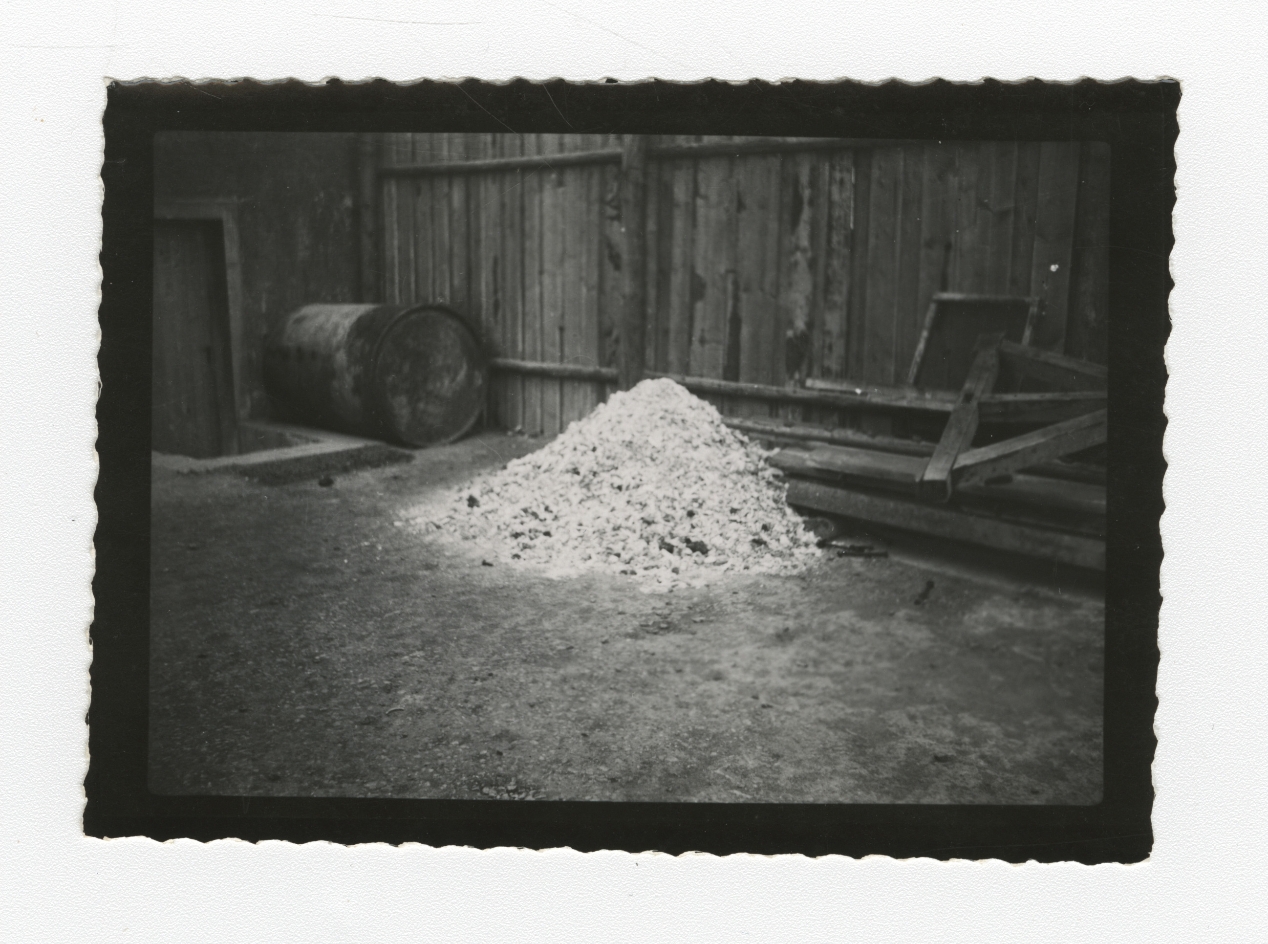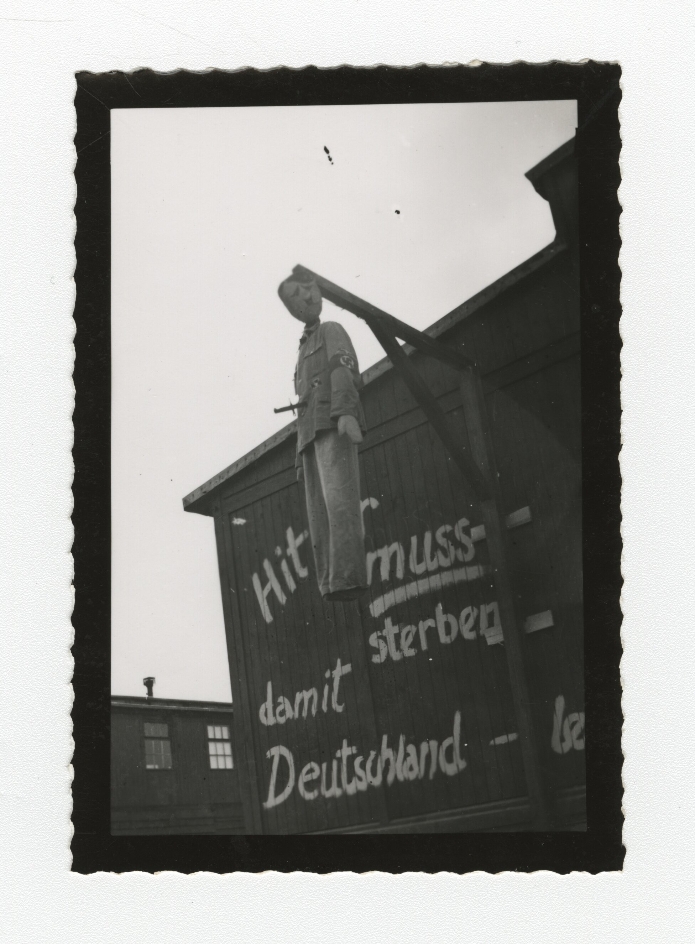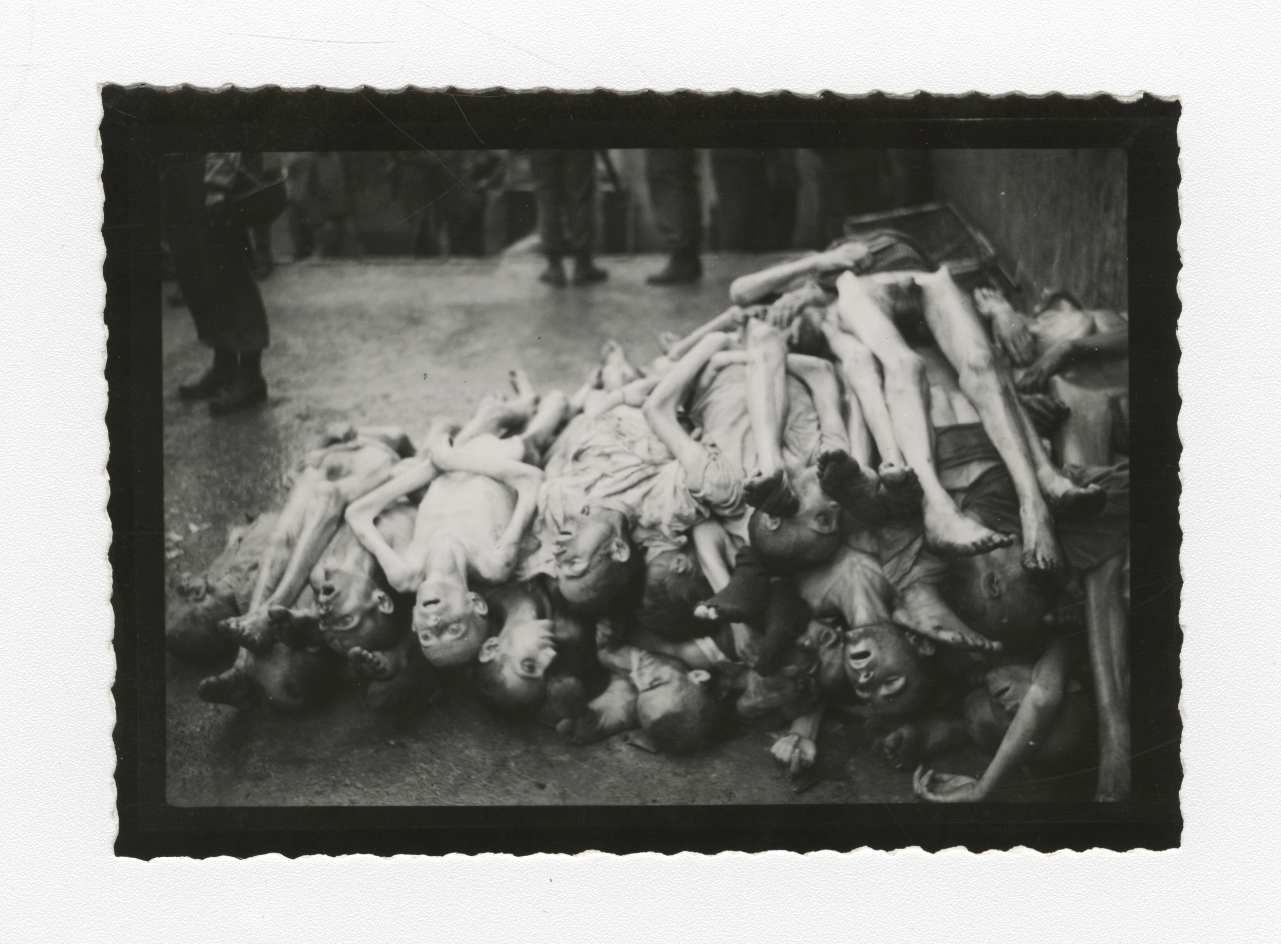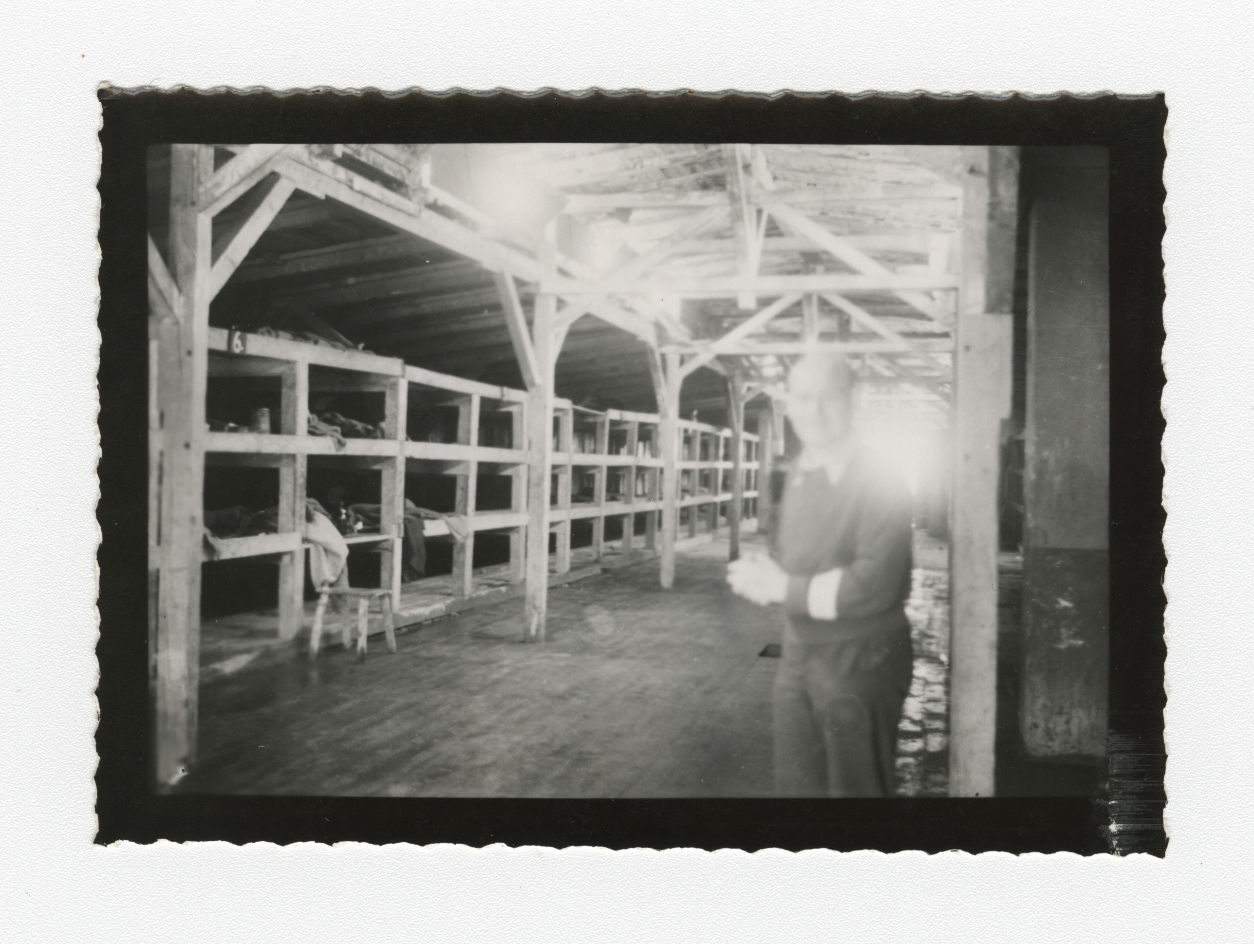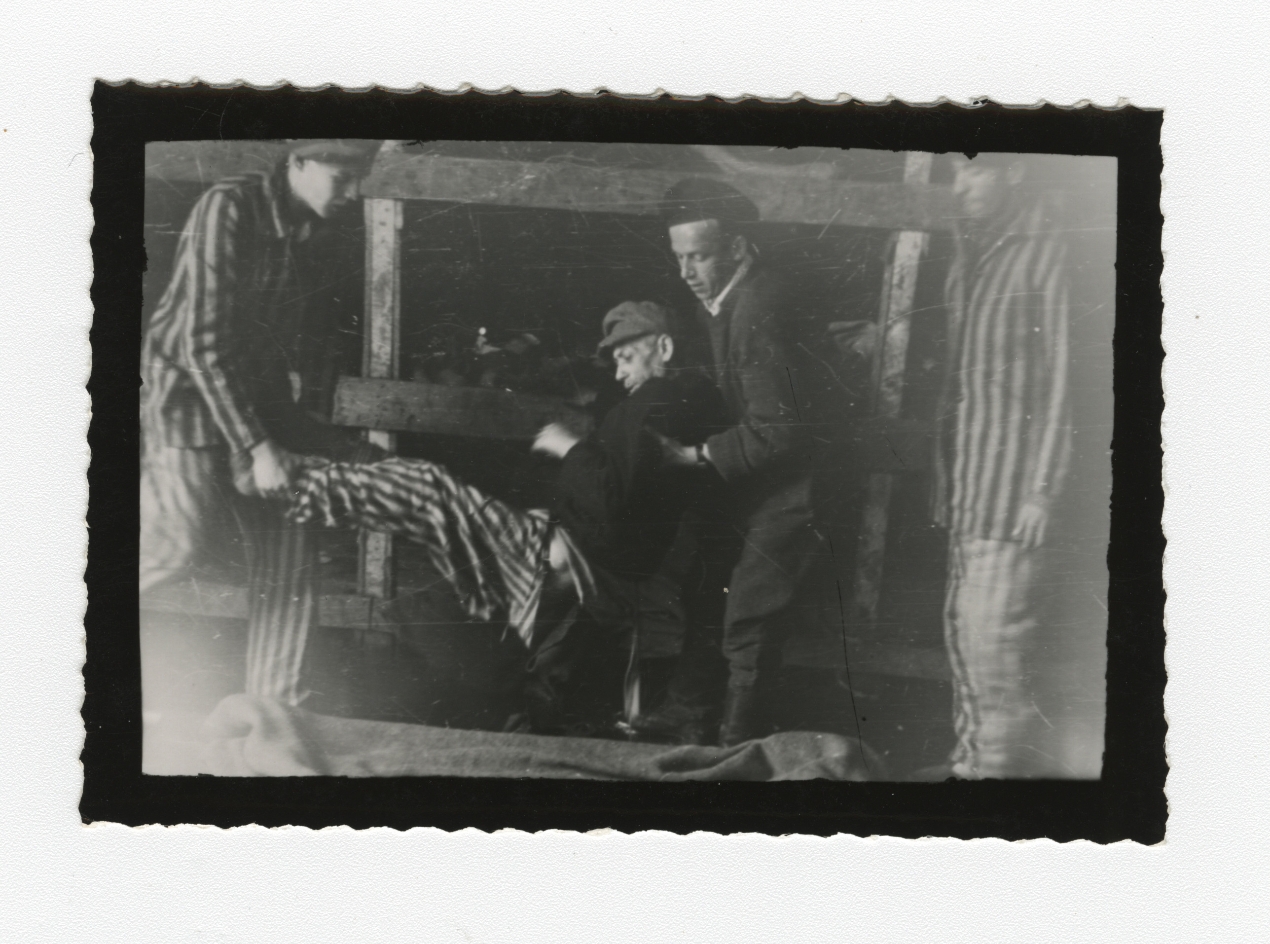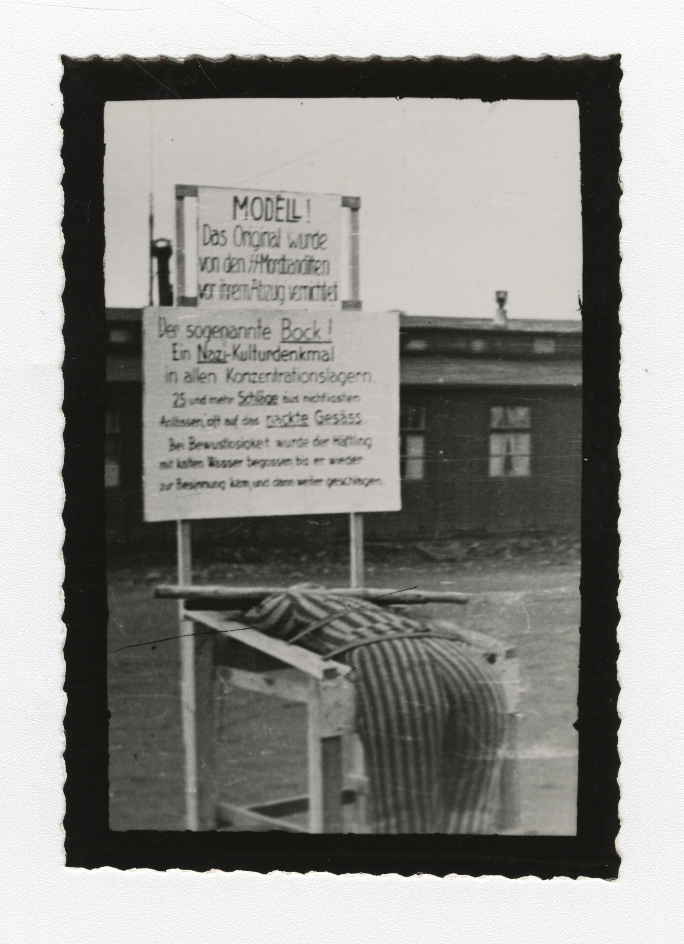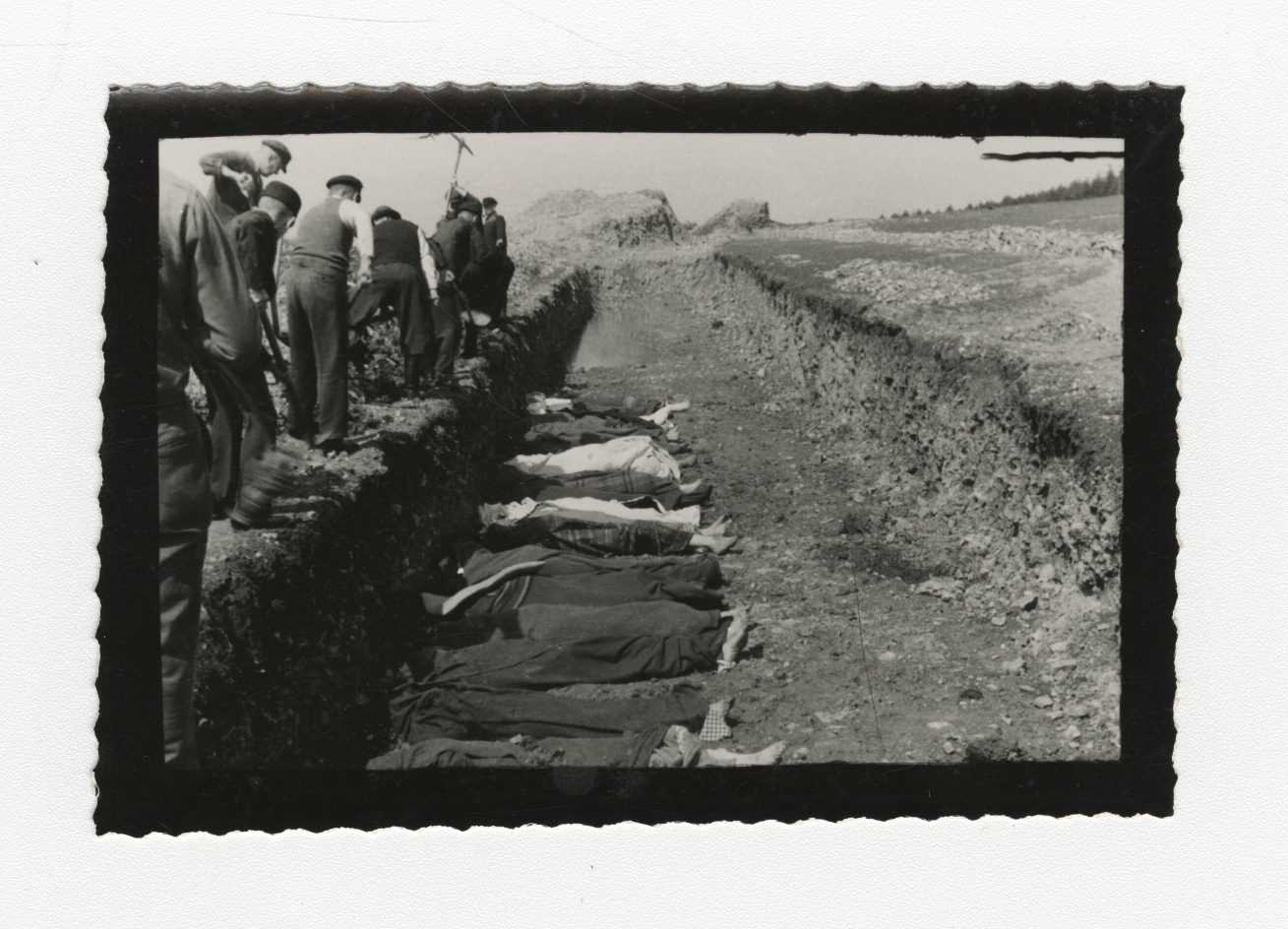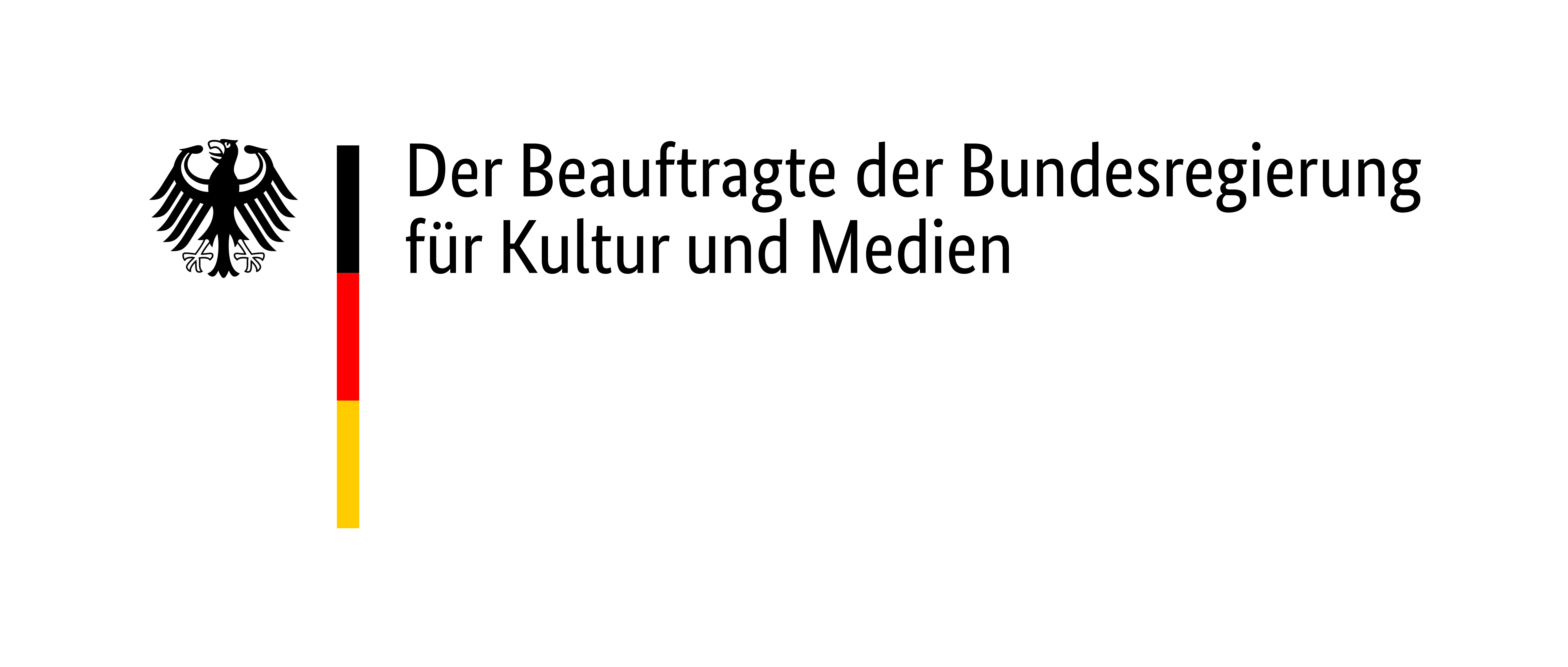
The American Congresswoman Clare Booth Luce speaks about her visit to Buchenwald:
“In the days to come, many Germans and perhaps some of the people of the Allied countries will arise to say that accounts of Nazi atrocities were either greatly exaggerated or were sheer propaganda. Well, I am one person, and among many others, who will be able to say that she has seen examples of these atrocities with her own eyes. At Buchenwald I have seen crematories, rows upon rows of burning ovens, still full of splintered charred human bones and skulls and blackened corpses. I have seen cartloads of horribly emaciated corpses, starved and tortured bodies, piled like kindling wood in the courtyard outside the crematory, waiting to be fired when the Americans came.”
German people must answer for crimes. Rep. Luce tells about Horrors of Buchenwald, PM, 27. April 1945.



In addition to Weimar’s citizens and the press, several international delegations visited the liberated camp through late April 1945, including members of Parliament from Great Britain and Congress from the United States. On orders from the American army command, thousands of American soldiers were guided through the camp until late May. These tours, which made stops at fixed stations in the camp, were meant to help the soldiers better understand the purpose of their mission. Exhibited objects, signs, replicas and reenacted scenes at original locations help convey the conditions in the camp.


